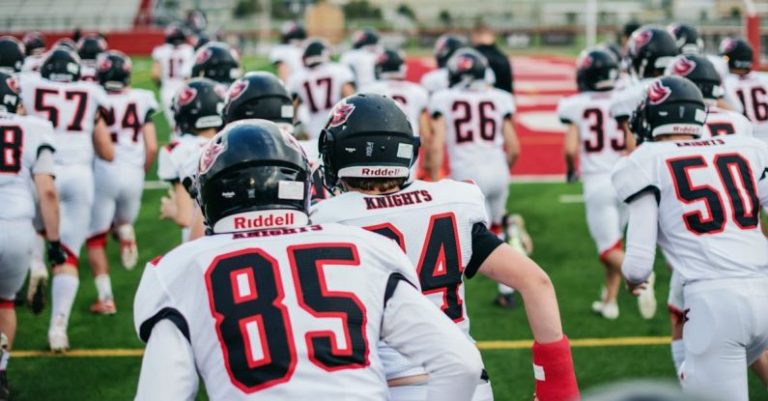Composite Technology in Defense: Lighter, Stronger, Better
In the fast-paced world of defense technology, the need for materials that are not only lightweight but also incredibly strong is paramount. The evolution of composite materials has revolutionized the defense industry, offering a range of benefits that traditional materials simply cannot match. From aircraft to armored vehicles, composites are changing the game, providing solutions that are lighter, stronger, and better in every way.
Enhancing Performance
One of the key advantages of composite technology in defense is its ability to enhance performance across various platforms. By utilizing advanced composite materials, defense manufacturers are able to create vehicles and equipment that are significantly lighter than their counterparts made from traditional materials such as steel. This reduction in weight translates to improved agility, speed, and fuel efficiency, making composite-based defense systems a clear choice for modern military applications.
Moreover, the strength-to-weight ratio of composite materials far exceeds that of conventional options. This means that despite being lighter, composites offer exceptional strength and durability, ensuring that defense systems can withstand the rigors of combat without compromising on performance. Whether it’s the fuselage of an aircraft or the hull of a naval vessel, composites provide unmatched structural integrity, giving military forces a competitive edge on the battlefield.
Protecting Personnel
In addition to enhancing performance, composite technology plays a crucial role in protecting military personnel. The superior impact resistance of composites makes them ideal for use in armor applications, where the safety of soldiers is of utmost importance. By incorporating composite materials into body armor, helmets, and vehicle armor, defense manufacturers can effectively shield personnel from ballistic threats and explosive blasts, significantly reducing the risk of injury or fatality in combat situations.
Furthermore, composites offer excellent resistance to corrosion and chemical attacks, making them well-suited for use in harsh environments where traditional materials would quickly deteriorate. This corrosion resistance not only extends the lifespan of defense equipment but also reduces maintenance requirements, allowing military forces to focus on their mission without the burden of constant repairs and upkeep.
Advancing Technology
The continuous development of composite technology in defense is driving innovation and pushing the boundaries of what is possible in military applications. As researchers and engineers explore new manufacturing techniques and design methodologies, the capabilities of composite materials continue to expand, opening up a world of possibilities for the defense industry.
One area where composite technology is making significant strides is in the realm of stealth technology. By incorporating radar-absorbing composites into aircraft and other platforms, defense manufacturers can reduce their radar cross-section, making them less detectable to enemy forces. This stealth capability enhances the survivability of military assets, allowing them to operate undetected and carry out missions with reduced risk of interception or attack.
Looking Ahead
As the defense industry continues to evolve, the role of composite technology will only become more prominent. With its unique combination of lightweight construction, exceptional strength, and versatility, composites are poised to shape the future of military technology in ways we have yet to imagine. By harnessing the power of composites, defense manufacturers can create systems that are not just lighter, stronger, and better but also more resilient, more advanced, and more capable than ever before. The future of defense technology is composite, and the possibilities are limitless.






